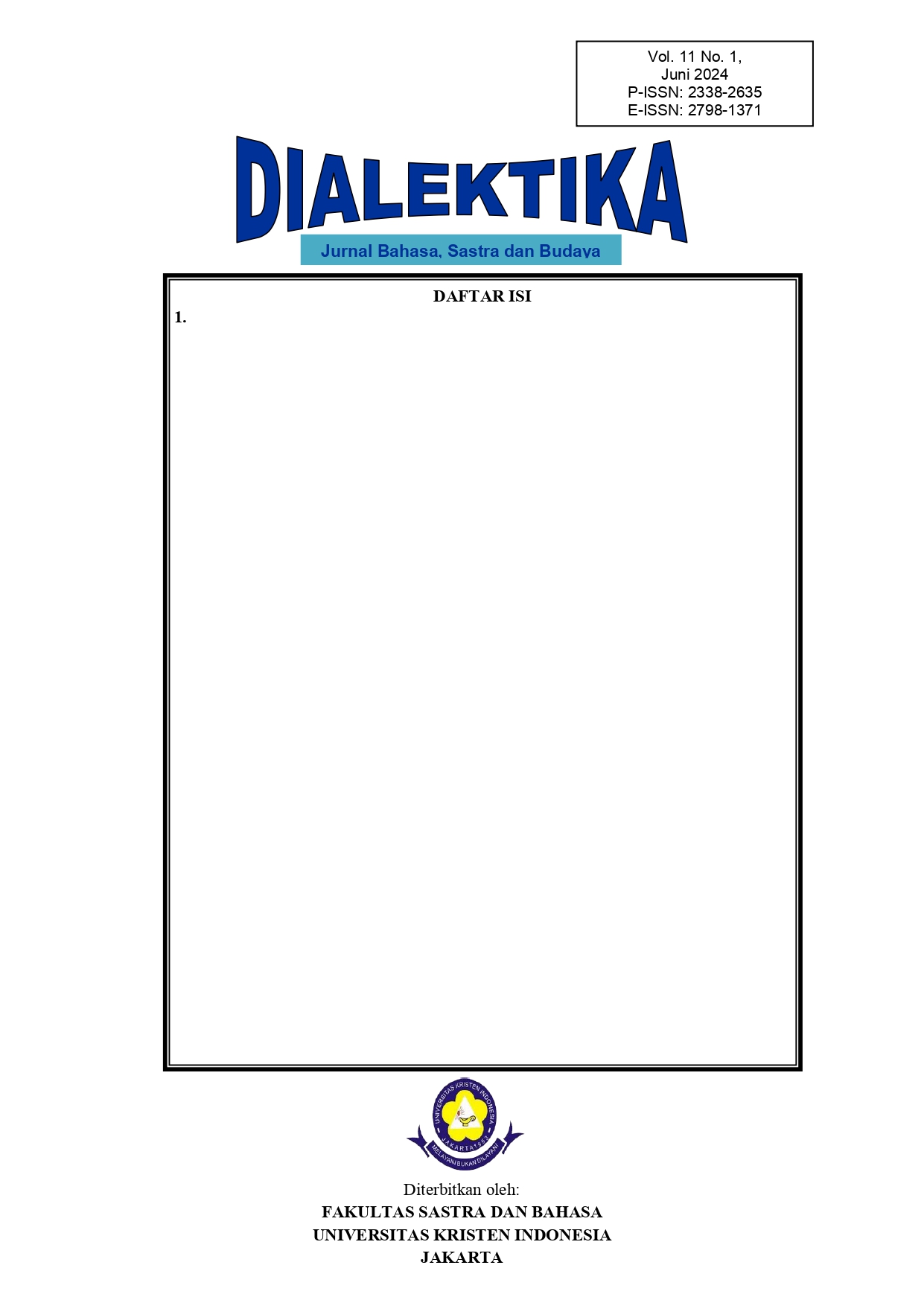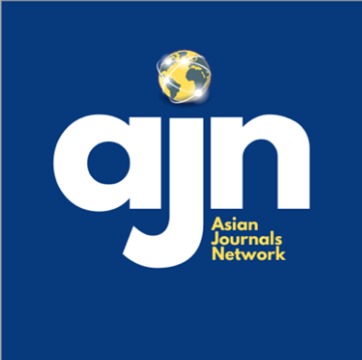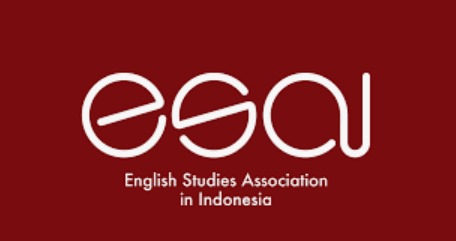AN ANALYSIS OF METAPHOR TRANSLATION IN A NOVEL ENTITLED SITI NURBAYA BY MARAH RUSLI
DOI:
https://doi.org/10.33541/dia.v11i1.5993Keywords:
translation, figurative languages, metaphorAbstract
Siti Nurbaya is one of the well-known works of Indonesian literature. This novel was written by Marah Rusli in 1922 and has been translated into various languages, one of which is translated into English. In literary works, especially old literary works, the use of figurative language is often found, one of which is metaphor. This research will discuss the translation of live and dead metaphors from the source language to the target language. Translating metaphor is one of the subs of literary translation. This research using qualitative method to analyze the novel and find the results of live and dead metaphor translation. The research of this live and dead metaphor using theory from Na’imah (2017). The results of this research is there are live and dead metaphors found in this novel. Even some of the translation is equivalent in meaning with the source language, but some are not equivalent. After analyzing the live and dead metaphors, researcher also analyze the metaphor translation strategies that used by translator to translate the metaphors from SL (Source Language) to TL (Target Language). The results of the translation strategies used by translator are based on Newmark's theory. This translator uses 4 of the 7 strategies proposed by Newmark. In this study the researcher also found metaphor translation strategies used by translator to translate metaphors from the source language to the target language. Based on the analysis using Newmark's theory, this translator uses 4 of the 7 strategies proposed by Newmark. They are reproducing, replacing the image, translating metaphors by simile, and translating metaphors by simile and senses.
References
-













.jpg)





